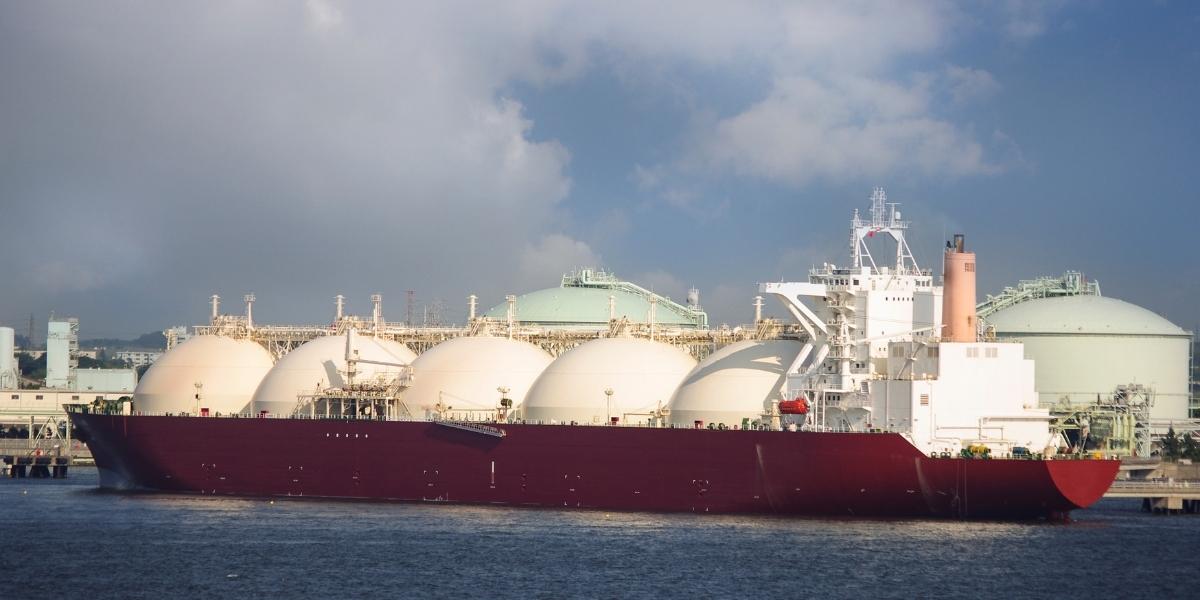How often should gas detectors be calibrated?

Gas detectors provide a reliable first line of defence against the dangers of gas leaks. But without proper calibration, they may not perform optimally, exposing ships and their crews to the myriad of potential risks posed by gases on board.
Determining how and when to calibrate your gas detector is an essential aspect of any vessel’s safety processes, ensuring that your system is always primed to detect and alert crew to a potentially hazardous leak.
Why is gas detector calibration important?
Regular calibration is essential in order to maintain reliable performance of most gas detectors. During calibration, thorough testing is also carried out to ensure that the gas detector remains sufficiently sensitive and responsive to the exposure of gas required. Calibration is usually performed on board but can also be conducted by an external, specially trained person.
Calibration usually accompanies a thorough service and maintenance check of the gas detector, ensuring that the system itself and all its parts are functioning properly.
It’s also important not to confuse bump testing with calibration. A bump test involves brief exposure of the sensor or sensors to gas, verifying response and alarm function, whereas full calibration is more in-depth and thorough. Bump testing is quick and easy and should be conducted regularly, before each use in the case of portable gas detectors.
Through having a set calibration and servicing schedule in place, you can be sure that your gas detectors are functioning optimally and providing comprehensive protection for your crew. Failure to calibrate at the recommended intervals is also a breach in legislation and could result in hefty fines and penalties.
How do I know how often gas detector needs to be calibrated?
How frequently you organise calibration of your gas detector depends on a number of actors, including the type of gas detector, model, frequency of use, environment or placement and application. Some factors to consider when putting together a calibration and maintenance schedule for your gas detectors includes:
*Type of sensor or sensors used
*Type of gas detector – is it fixed, or portable?
*Intended use and application of detector
*Accuracy required
*Manufacturer recommendations
*Maintenance plans – is bump testing a regular part of your maintenance routine?
*Has physical or environmental damage occurred? Do you suspect that the gas detector may not be functioning optimally? It’s always better to be cautious in this instance.
12 months is the ‘gold standard’ of testing frequency advised by most manufacturers, governing bodies and legal regulations including those set out by the HSE, SOLAS and MARPOL. For tankers or vessels with increased levels of stored gas it is advisable to test at more regular intervals, at the very least every 6 months, but this is optional at present.
WHAT DOES GAS DETECTOR CALIBRATION INVOLVE?
During the calibration process, a gas detector’s sensor (or sensors) is exposed to a certified concentration of gas for a fixed length of time. This determines whether the gas detector is providing accurate readings, verifying the efficiency of the sensors and the system behind them. Calibration gases are used to mimic exposure, covering the specific types of gas the detector is required to test for.
An important aspect of gas detector calibration is a process known as ‘zeroing’ – setting the sensor to recognise ambient air as clean air. Calibrating in a contaminated environment will produce inaccurate readings, which could potentially affect the performance of the gas detector going forward. Often the air in a room can be used to zero a sensor if it hasn’t been exposed to any potential contaminants – but it’s not always possible to determine this. Using a zero-air cylinder is the only reliable way to ensure that the calibration is being performed optimally without potential external influences that could skew the reading.
Sourcing good quality calibration gas is also key to ensure optimal performance and accurate readings during the testing process
